The legend lives
The attempt to salvage the wreck ends in disaster. Suspended from the crane, the plane breaks up. It is the start of an adventure: for two decades a group of pensioners in Bremen and beyond has devoted itself to the debris puzzle. Now, a masterpiece of aviation shines in new splendor: The legendary Focke-Wulf Fw 200 Condor, a German all-metal four-engined monoplane originally developed by Focke-Wulf as a long-range airliner.

In 1988, a Focke-Wulf Fw 200 “Condor” type C-3 was discovered off the Norwegian coast near Trondheim. Technical problems with the landing flaps had forced the pilots of the aircraft, which was in service with the German Kriegsmarine, to make an emergency ditching in the winter of 1942. The aircraft sank, but the six-man crew managed to save themselves. In 1999, the German Museum of Technology commissioned the salvage of the Fw 200, as the basis for reconstruction, which was recovered from the seabed at a depth of 65 meters.
The moment when the Condor broke up on 26 May, 1999, over the recovery platform near Trondheim, will never be forgotten by Günter Büker, 74. „A piece of junk,“ says the Condor restoration project manager. 22 years after the salvage, the story of an unlikely rescue culminates. At the time they estimated it would take 10 to 15 years to restore. It ended up taking much longer…
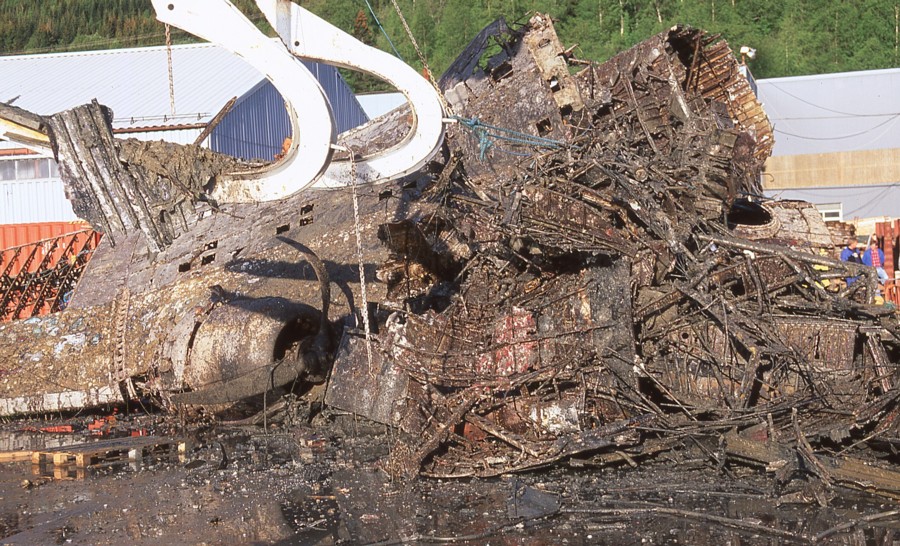
Many who at the time passed by the hangar in Bremen used for the reconstruction attempts recommended tossing the parts into the Weser River. A scant dozen enthusiasts answered the call to reconstruct the plane.
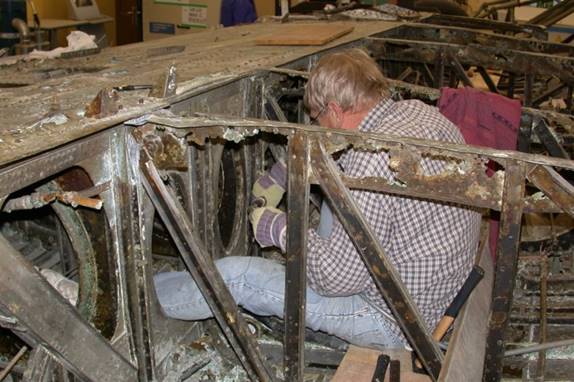
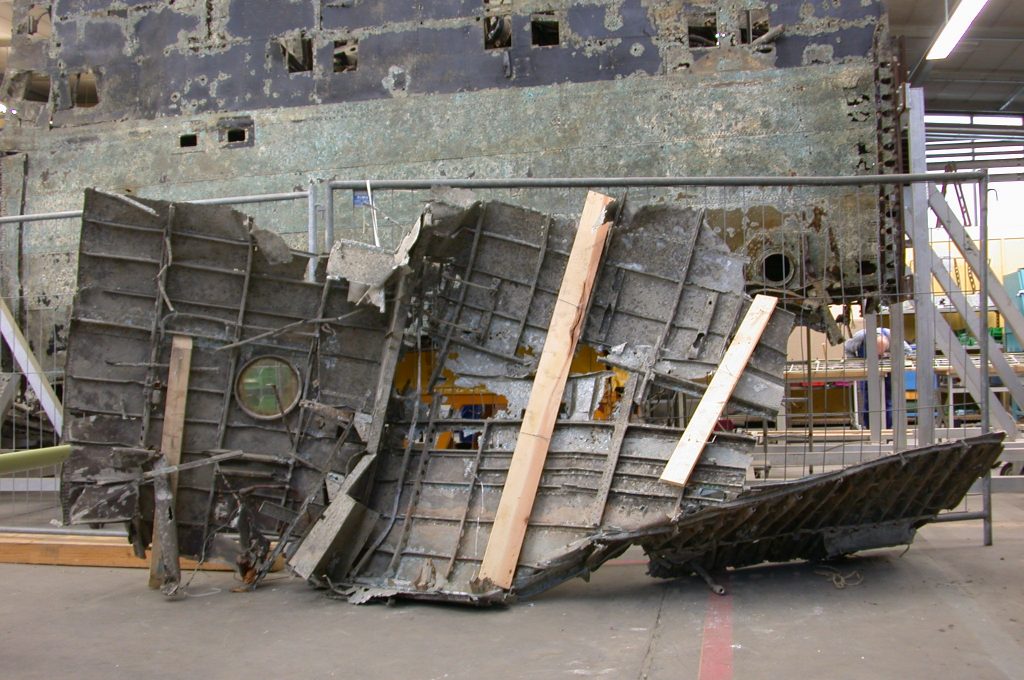
To build an aircraft, drawings are needed. But those of the Fw 200 were lost. Nevertheless, the designers set to work, basing their restoration on old photos, sketches and repair manuals, as well as the wreckage itself. Every piece of the wreckage, no matter how small, was measured and provided important data. The resulting computer drawings were used to create Condor from the pile of rubble. The development of the definition of all surfaces of the aircraft wing in a virtual 3D model was a milestone.
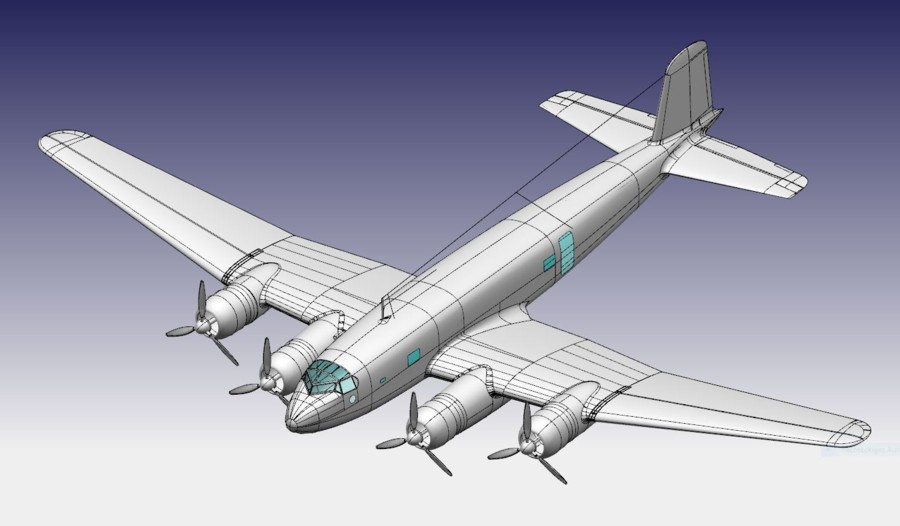
When the first landing flap was completed in 2003, the ‘Condorians’ began to believe in their success. With each new or repaired part, the Condor team and approval grew.

With support of colleagues from the Airbus hangars, as well as that of the company’s management, the team constructed and rejected, drilled, welded and riveted. About 150 people were involved in the reconstruction.
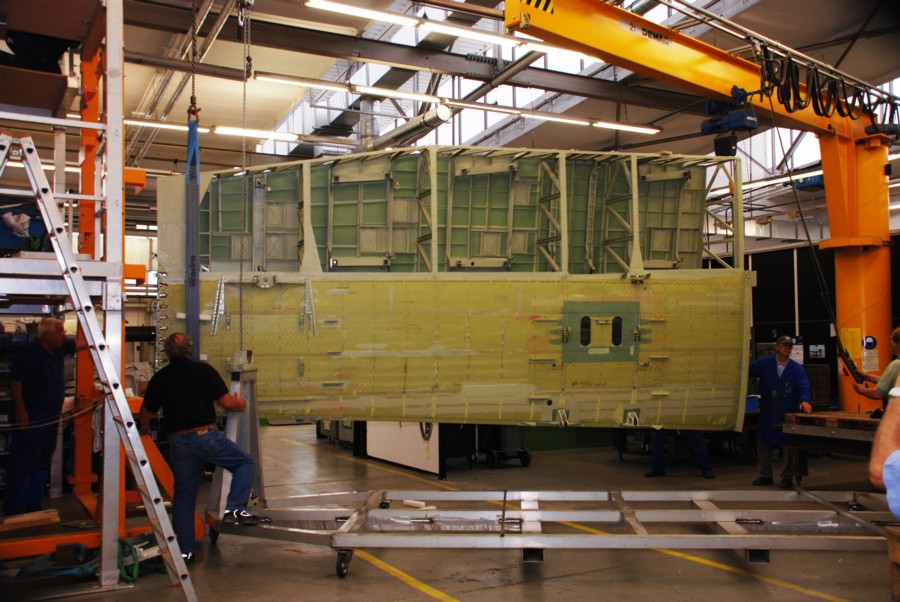
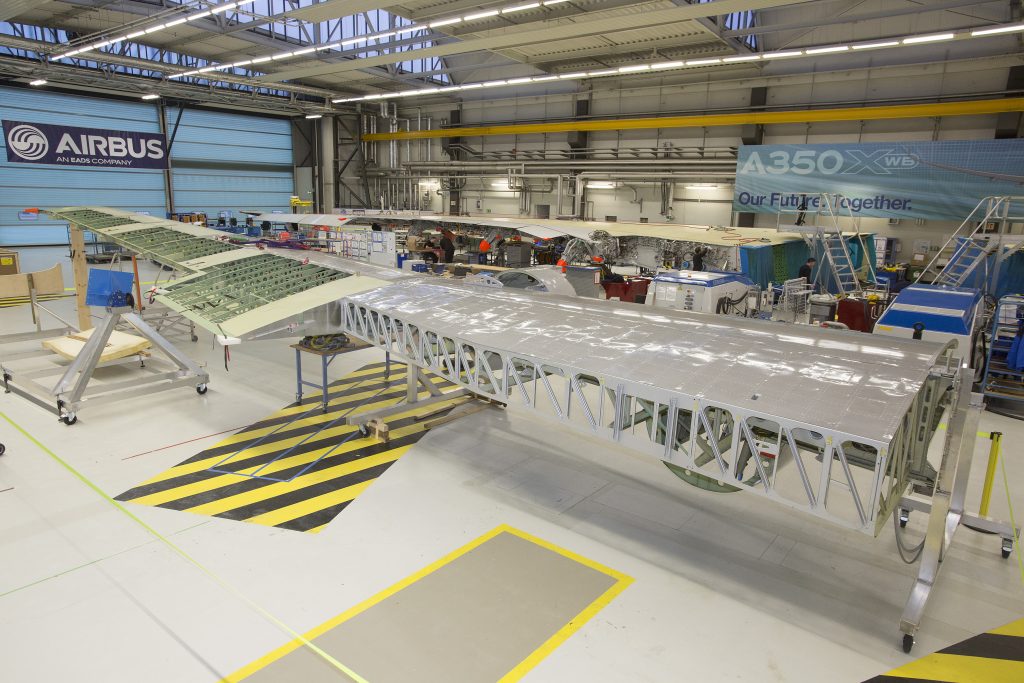
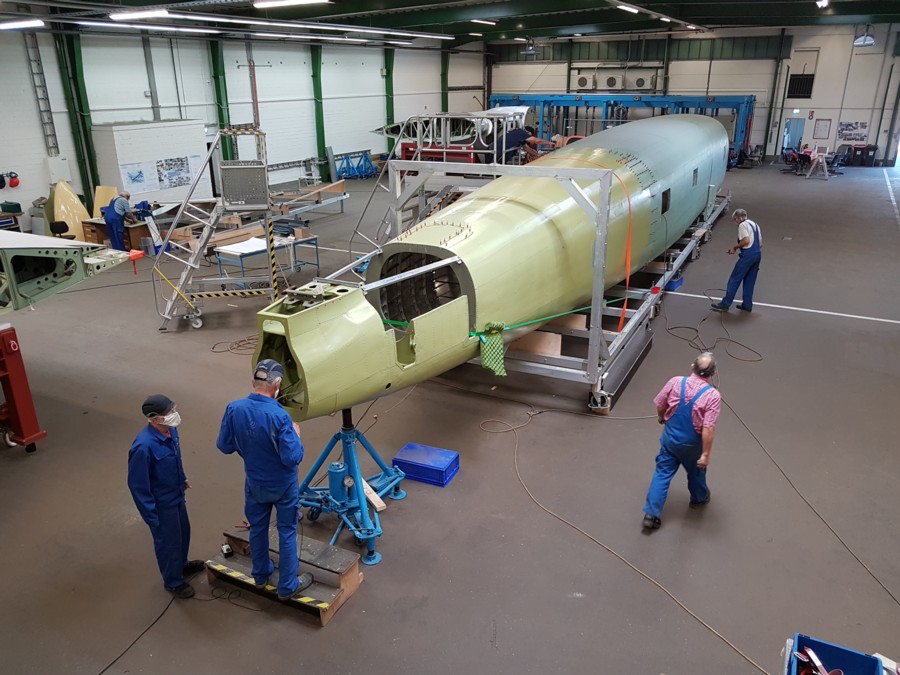
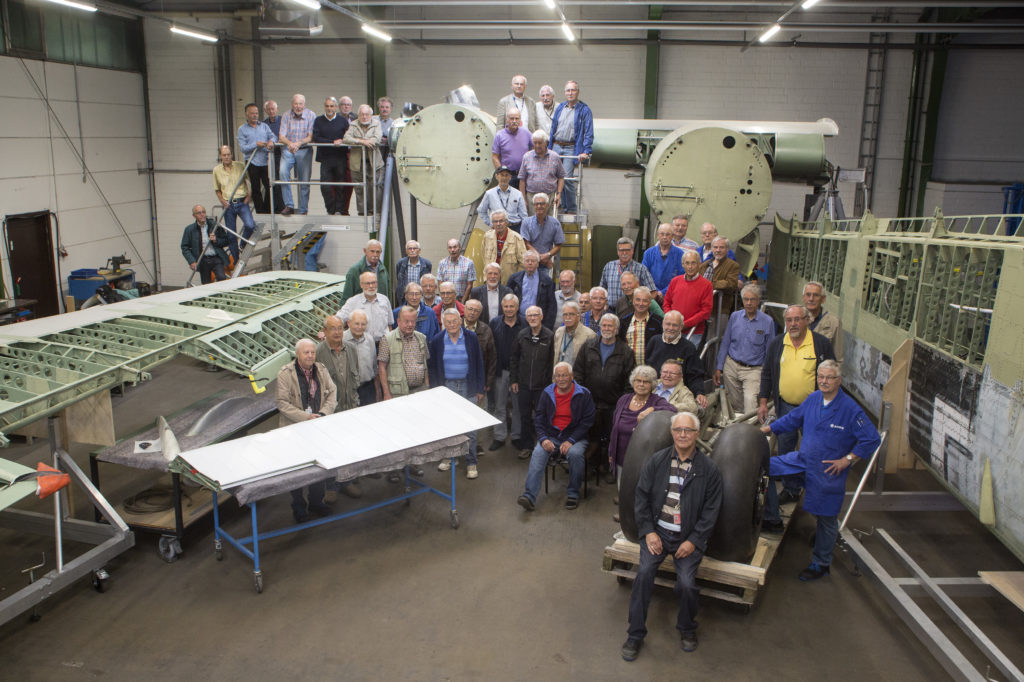
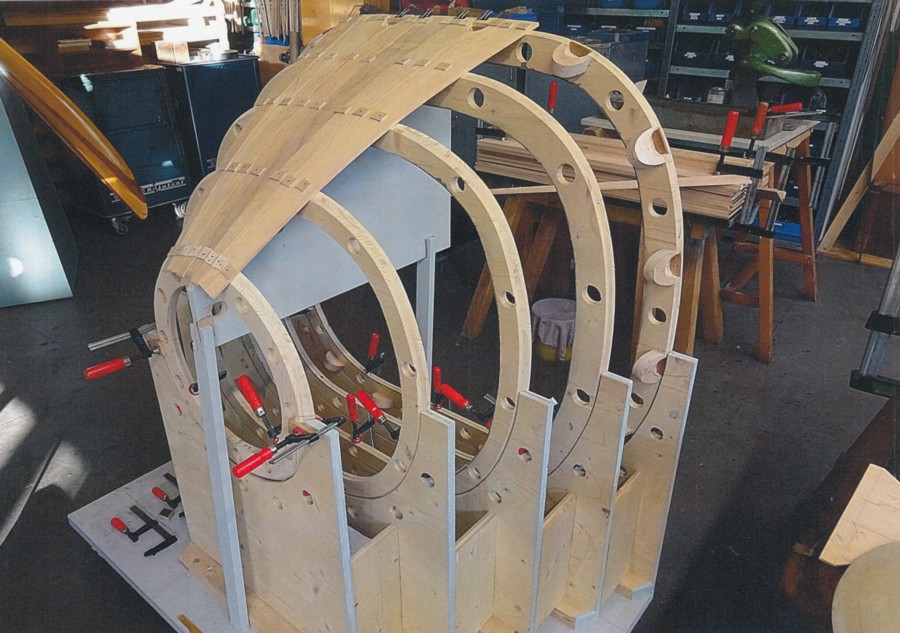
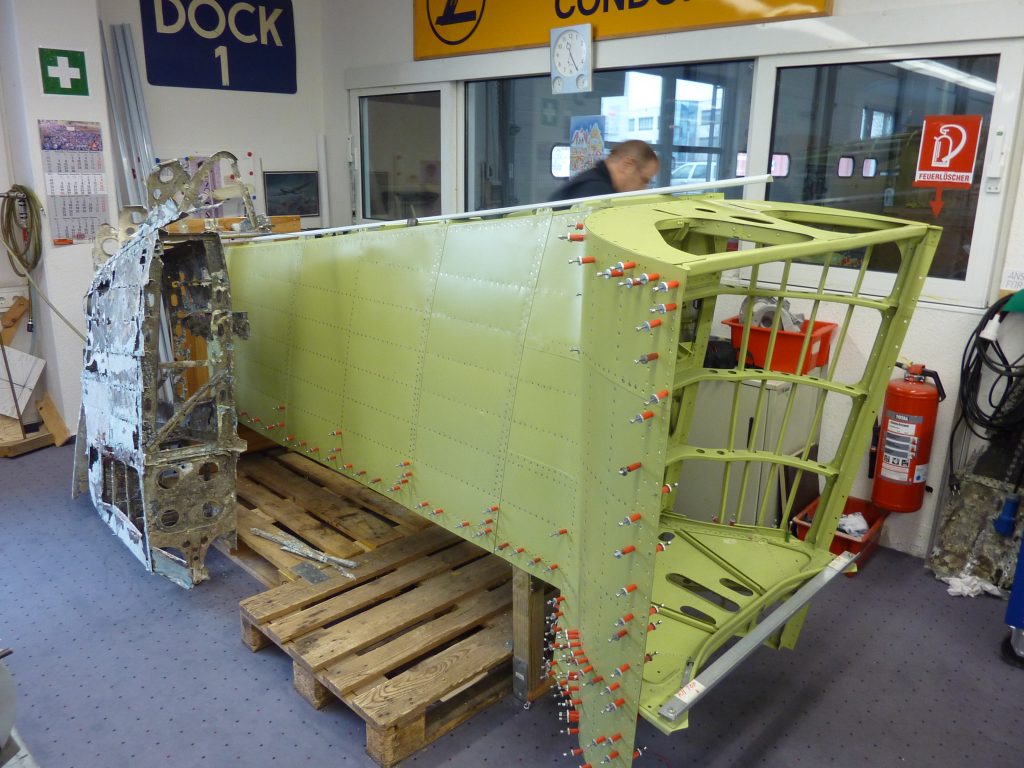
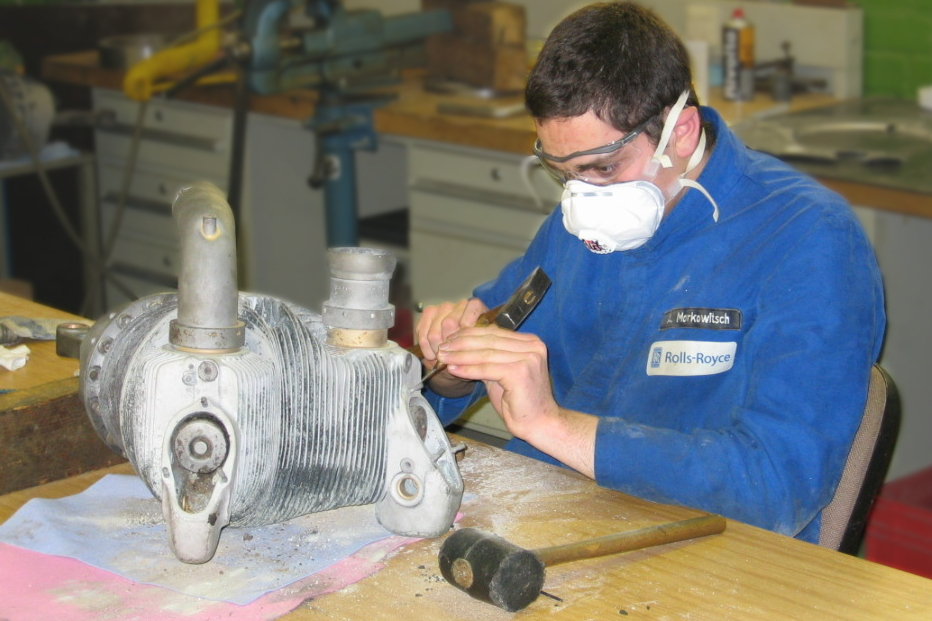
Now, after 22 years of reconstruction, Condor has been handed over to the German Museum of Technology in Berlin. The aircraft is being dismantled and prepared for transport to the former Berlin-Tempelhof airport. Meanwhile, in Bremen, officials from the museum are being briefed on how to reassemble the Condor. The fuselage remains whole, the wings are disassembled into two pieces, and the four engines and landing gear are removed.
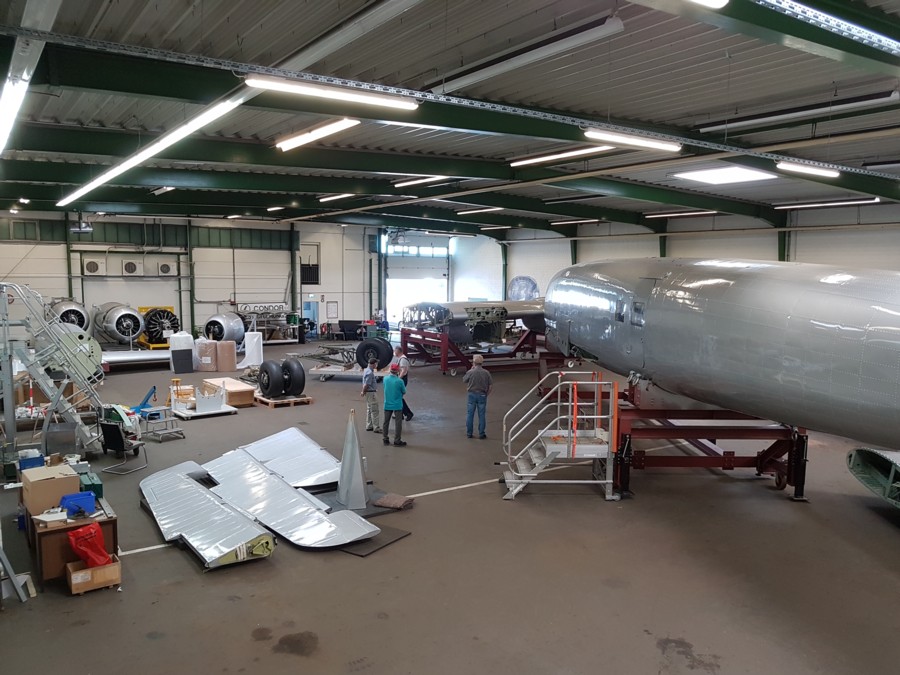
Once the restored aircraft is fully reassembled in its new home at Berlin-Tempelhof from the summer of 2021, visitors to the museum will be able to see for themselves the only known preserved Focke Wulf Fw 200 Condor, thanks to the efforts of many enthusiasts working together.
FW 200 Condor – a technological masterpiece
The Condor Focke-Wulf Fw 200 went down in the history books because in 1938 it became the first commercial aircraft to make a non-stop transatlantic flight from Berlin to New York. With the development of this aircraft, Bremen-based aircraft manufacturer Focke-Wulf — which can be traced back as one of the predecessor companies of today’s Airbus — broke new technical ground in many areas in 1936.
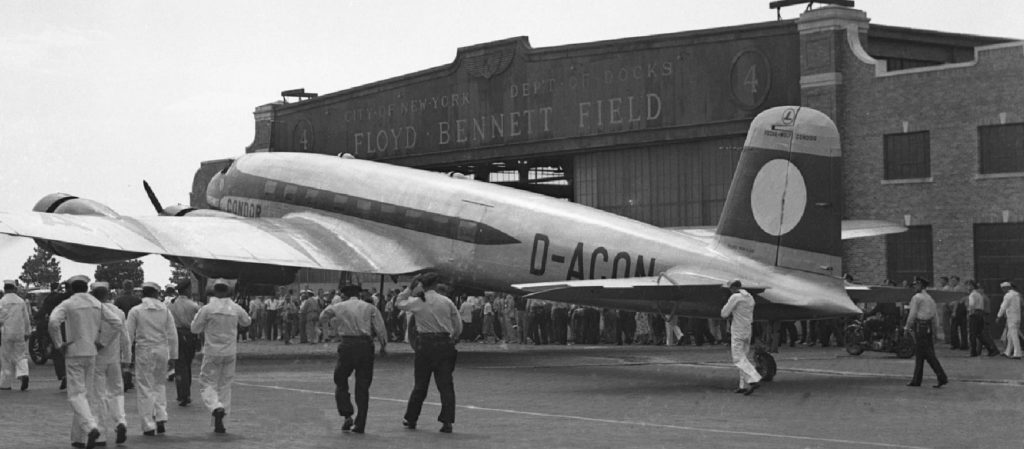
Condor was the world’s first four-engine long-haul airliner and was considered a technological masterpiece. Among other things, it scored points with its lightweight construction (takeoff weight: 17 tonnes), the hydraulic landing gear, its aerodynamics, the innovative flight controls and the increased safety of a comfortable passenger aircraft with 26 seats. 16 Fw 200 aircraft were built in Bremen, 12 of them alone for German Lufthansa. With the outbreak of the Second World War, civilian air traffic took a back seat. From then on only military versions of the Fw 200 were built. Only a few of them lived to see the end of the war. Three years later, Condor had completely disappeared from the aviation scene.
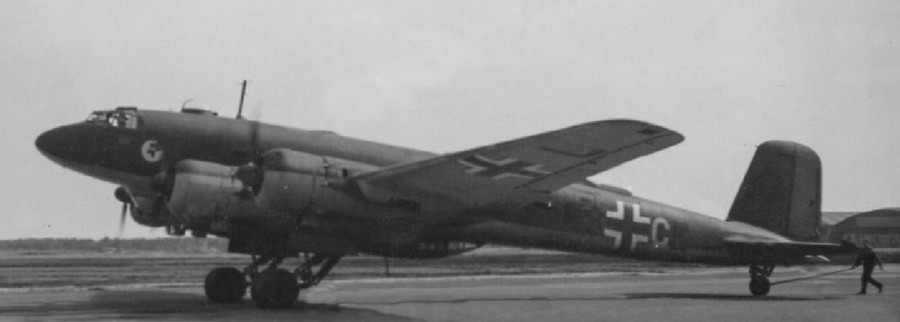
Joint project of sponsors
After Condor’s failed recovery by the German Museum of Technology, the project partners Rolls-Royce, Deutsche Lufthansa Berlin Stiftung, the museum and Airbus in Bremen came together to tackle Condor’s restoration through a partnership agreement.
Airbus financed the restoration and provided hangars and technology. The ‘Condorians’ built the majority of the fuselage, the cockpit and the wings at Airbus in Bremen. In Hamburg, the Lufthansa Berlin Stiftung restored the landing gear, the tail unit and the rear fuselage, and Rolls-Royce revamped the four engines.
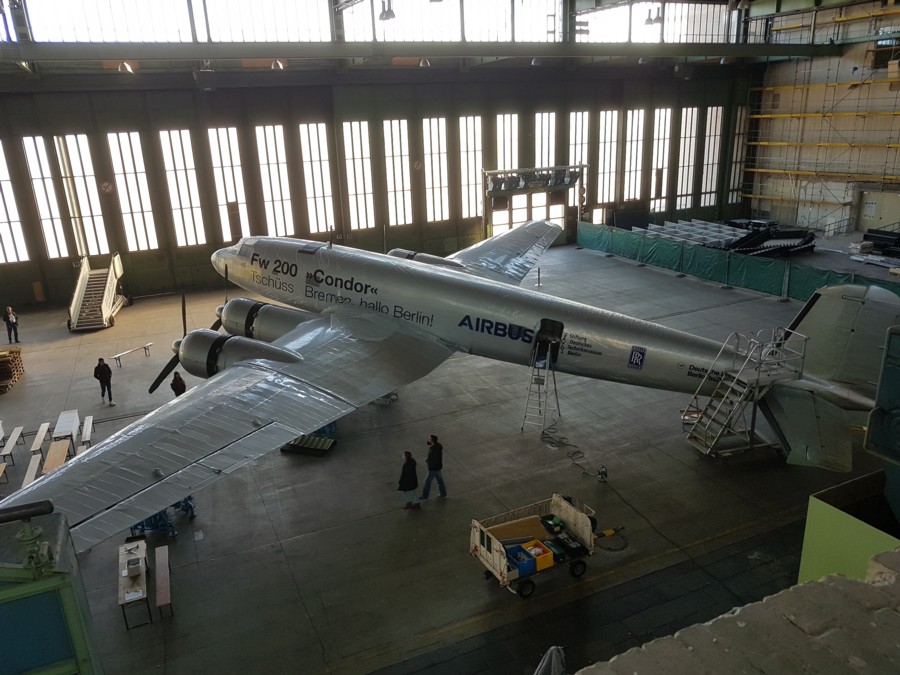
The aircraft at its final destination, Berlin Tempelhof in 2021.

A great piece of aviation history.
